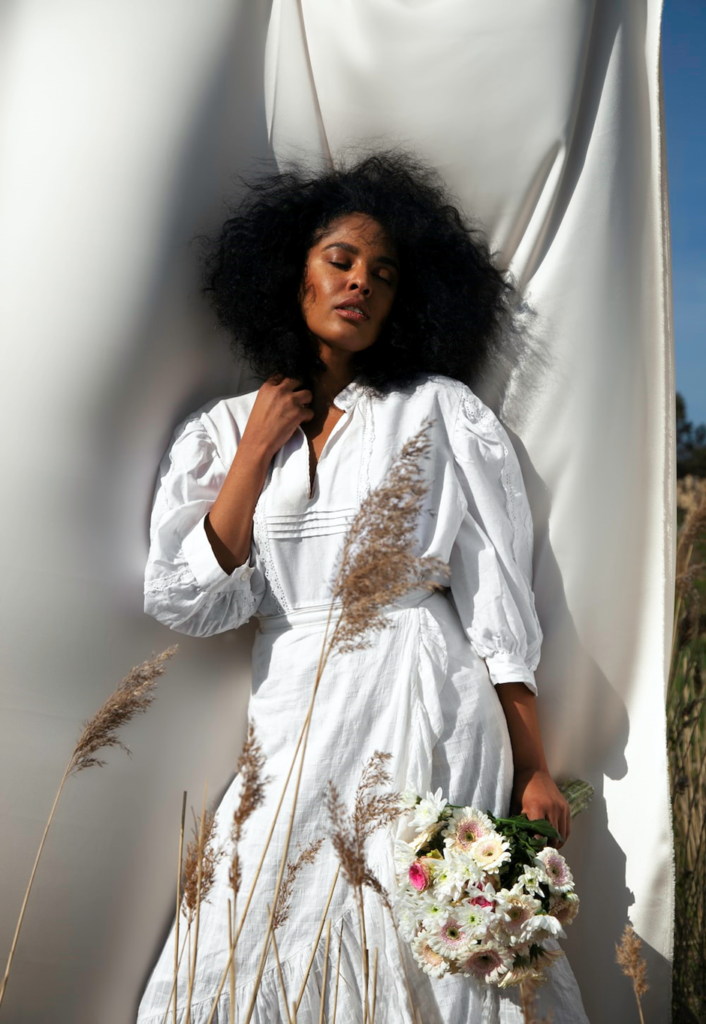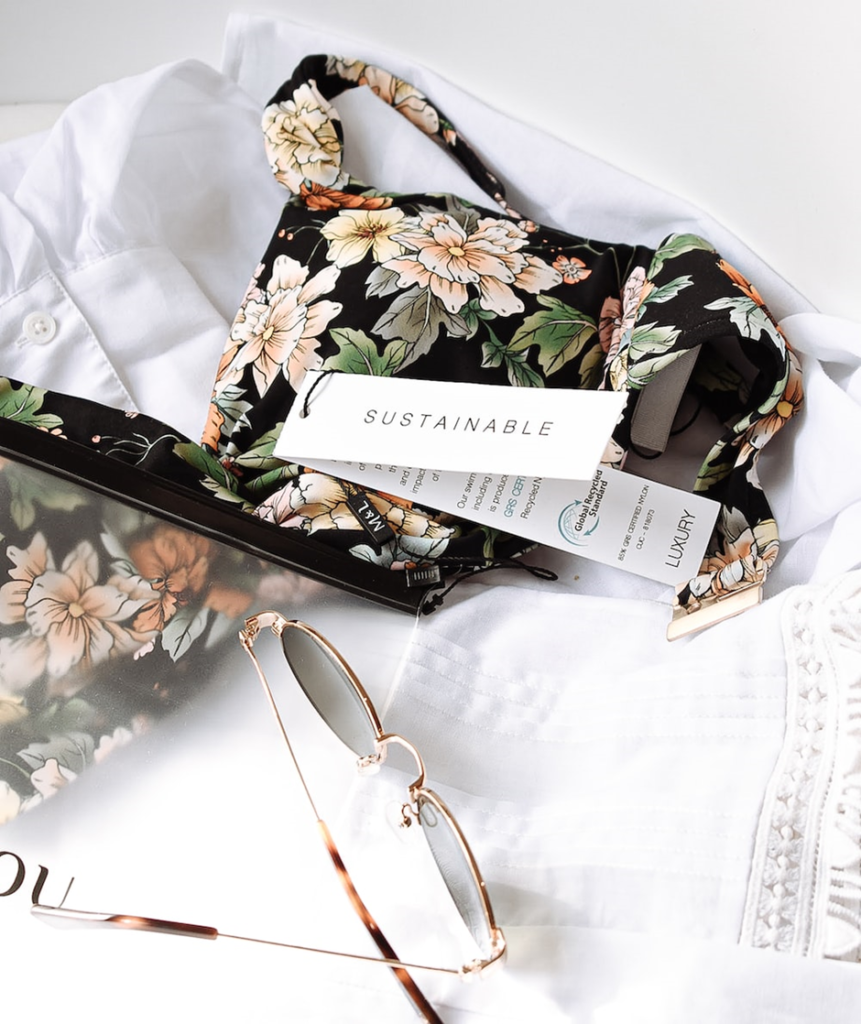Blog
FASHION OF THE FUTURE: ECO FRIENDLY TEXTILES THAT CAN SAVE THE PLANET

By Lora O’Brien
When I first started writing about fashion, sustainable fashion was still a very niche topic. The ‘sustainable’ options were slim, and only a smaller number of brands were really devoted to being mindful of the planet. But if we fast forward until today, we can see just how far we’ve come. Many are awake to the detrimental impact of fast fashion, from cheap labour to pollutant textiles, and are seeking options that are more sustainable.
Of course, following the three Rs is crucial in consuming less: reduce, reuse and recycle. But we can’t sidestep the fact that people will want to buy more clothing, and our only real option is to make their shopping experience as sustainable as possible, right?
When shopping for new garments, there is much to consider. But arguably the most important is: what are they made of? The sustainable consumer cares what their clothing is made from. Are the textiles used good for our planet, because if they’re not, they won’t be good for your health, either!
WHAT ARE ECO FRIENDLY TEXTILES?
When it comes to defining an eco-textile, we have a few questions to ask yourself.
1. Where does the material come from? Sure, it may seem good to the planet, but has it come from stripping raw materials? Were the textiles used sustainably grown, or recycled? Or has damage been caused by farming and agricultural practices? Has it harmed an animal?
2. Do the textiles need processing? Many raw materials need processing before they can be turned into a textile that can be used for fashion. Some sustainable fabric processing that will take place is weaving, knitting or the use of non-toxic dyes. But many textiles will need bleaching, or they’re given their hue with the use of carcinogenic dyes that and are laden with chemicals. One main example of the latter is the use of formaldehyde. It prevents fabrics from wrinkling but is detrimental to health.
3. Where will this item be a year from now? Being mindful of the life expectancy of a textile is a vital step when selecting eco friendly textiles for clothing. Many unstainable fabrics end up in the trash and pollute landfills, so asking where it will end up, and whether it will negatively impact people, or the planet is crucial. Can it be recycled or composted?

HOW TO IDENTIFY ECO-TEXTILES
When selecting textiles for the upcoming collection, it is essential to consider more than just fashion trends. While it is important to create aesthetically pleasing clothing, it is also a must to be mindful of the environmental impact associated with the chosen designs. Prioritizing quality over cost and opting for high-end designs can contribute to the creation of long-lasting fashion items.
In the modern world we live in, the old saying “you get what you pay for” holds more truth than ever before. Cheap fabrics are often poorly made and lack durability, leading to a short lifespan and potential dissatisfaction from clients. Furthermore, the process of sourcing sustainable and high-quality textiles can be overwhelming, particularly for those who are new to this market.
But when it comes to eco friendly textiles for clothing, many of us may be wondering what they are. Clothing that is considered sustainable is made from a textile that has come from an eco-friendly resource. This can be pretty diverse and include everything from recycled materials to sustainably grown cotton.
In a world where greenwashing is prevalent, seeking guidance on the best eco-fashion fabrics becomes crucial. The initial step is to search for certifications or delve into the background of the materials, understanding their sustainability and the fabric creation process. understanding why it is considered sustainable and the process involved in creating the fabrics. It’s crucial to avoid purchasing fabrics that contain PVC as it can be detrimental to both your health and the planet. Instead, focus on fabrics such as bamboo, recycled materials, Tencel, organic cotton, silk, cashmere, and wool, which offer more sustainable alternatives, look for the following certifications:
-
- Certified Organic
-
- GOTS Organic
-
- OEKO-TEX
-
- Fair Trade
-
- Cradle to Cradle
-
- Made in Green

FINAL THOUGHTS
Hopefully, you’ve been able to gather some valuable information from this article about determining the eco-friendliness of fabrics. Now, you can make informed decisions on which materials you will use in your next collection to prioritize sustainability and eco-friendliness. However, it goes without saying that finding a 100% sustainable textile can be challenging. Each textile has its own set of advantages and disadvantages, and the final choice will ultimately depend on your personal preferences and what you consider important.
To inquire about Remeant sustainable fabrics and their qualities, you are invited to contact us via email at info.remeant@gmail.com. Or click here to see the fabrics.
